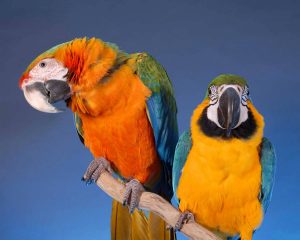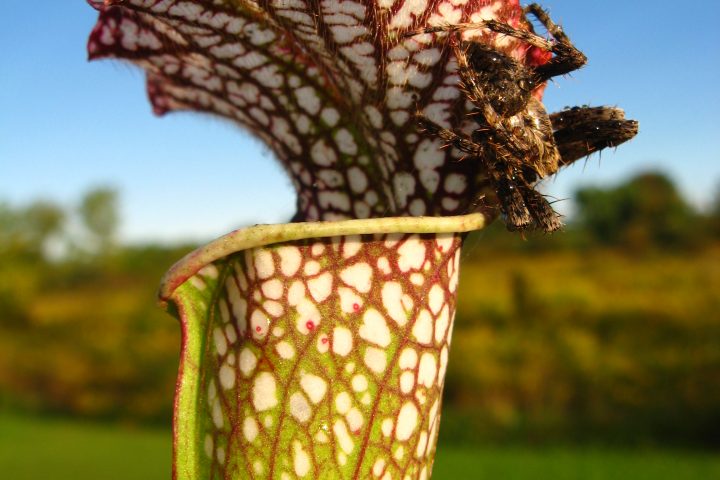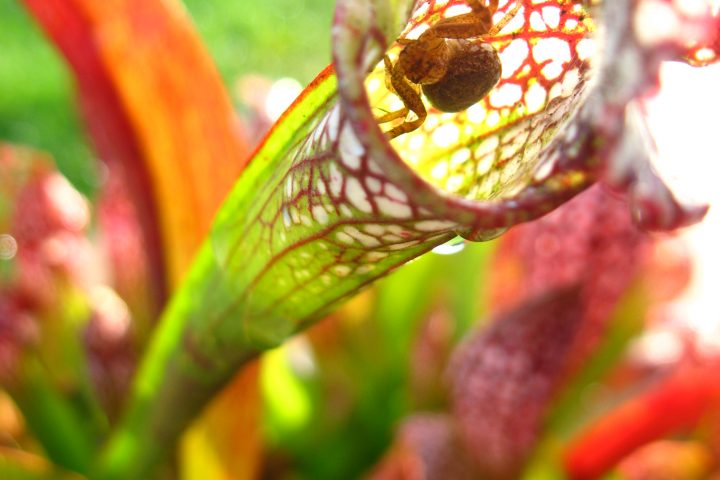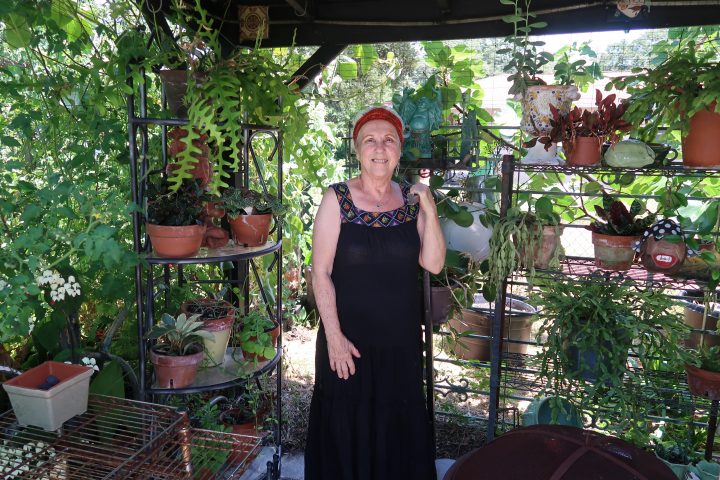The days are getting longer and more sunlight means more opportunities to take great pet photos. By utilizing sunlight we can achieve more natural expressions and composition. Lighting is essential for great pet photos, and with fast moving animals, lighting is even more critical.
Another benefit of natural sunlight is we can almost completely limit the chances of eyeshine in our pets. This occurs when light passes through an animal’s tapetum lucidum. This is a layer of tissue in the eye, close to the retina, that reflects light helping most nocturnal animals see. Depending on the species, a camera flash can cause yellow, green, blue and white eyeshine.

“To avoid ‘red eye,’ use natural light and do not use your flash at all,” suggested Corky Giambra, operator of Wild Eye Photos, a pet photography company based out of Hamburg. “Pick a nice, sunny day or even overcast. Most digital cameras have a setting for sun or clouds, so set that accordingly.”
If your pets are the indoor only type, that’s okay.
Taking pictures near a large window will still allow you to access the natural summer sun.
In photography, patience is key. With animals being unpredictable, you may have to sit with your camera and wait for your pet to strike a pose and give you that special look, Giambra explained.
Giambra has been taking professional pet photos for about ten years. She said the most important points to remember when taking photos of your pet are to enjoy yourself and stay patient.
Setting your camera on continuous auto-focus or sports mode may also help in capturing the perfect moment. Be alert, but stay patient. You can snap quickly and often, and delete the poor photographs later.
Successful photography is when a picture tells a story. The way your pet photography can tell a story is through your subject’s character. You know your animal’s idiosyncrasies best and can use them to your advantage. Sluggish animals sleeping in their favorite nook or energetic animals scuttling back with their favorite toy in their mouth will capture your pet’s unique qualities.
Matt Edmonds — owner of Wonders of Nature, an education wildlife show in St. Petersburg, Fla., and multi-award winner of the International Association of Avian Trainers and Educators yearly photo contest — said backgrounds are vital for great pet photos.

“Many otherwise good shots get ruined by ugly backgrounds,” he said.
Making sure dirty dishes and televisions aren’t in the shot will add to the value of your photo. Blurred backgrounds and a crisp subject will give your pictures a professional feel.
Changing the angle of the photo can help free up backgrounds.
“Try to keep the camera at their eye level,” Giambra said. “If you stand over them and shoot down, you won’t capture their true beauty. Plus, they will look out of proportion.”
Like children, pets sometimes like to wander off during photo shoots.
“You will need to get creative to get them to look in your direction,” Giambra said. “I find making weird, funny sounds does the trick. Sometimes the best shots are candid, when they are not looking directly at you.”



